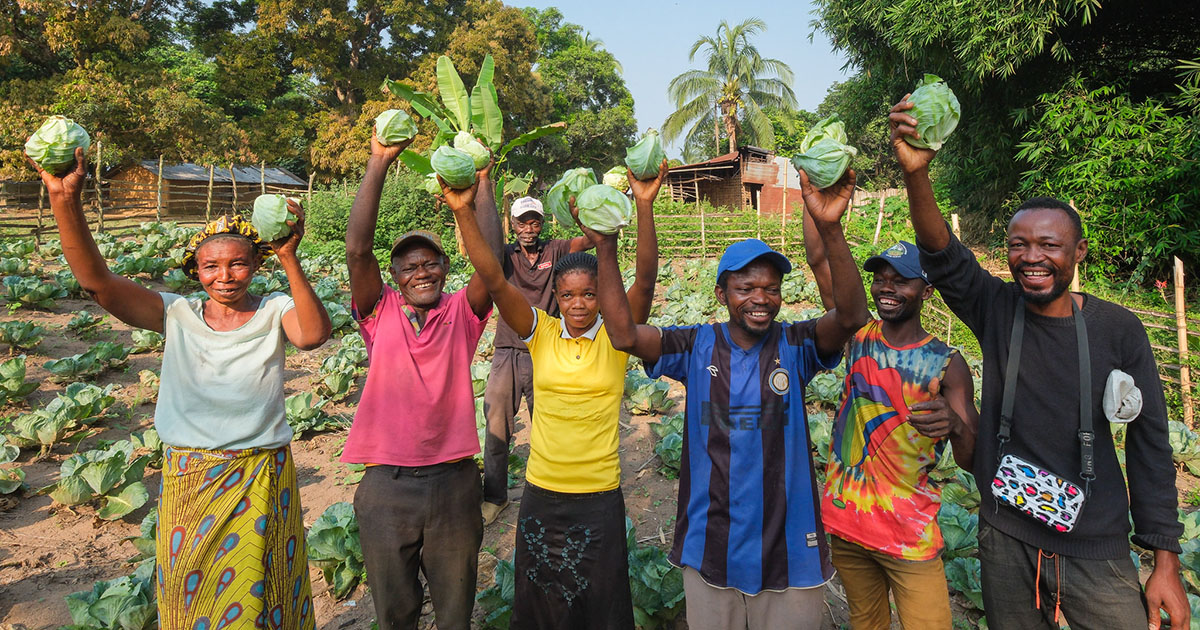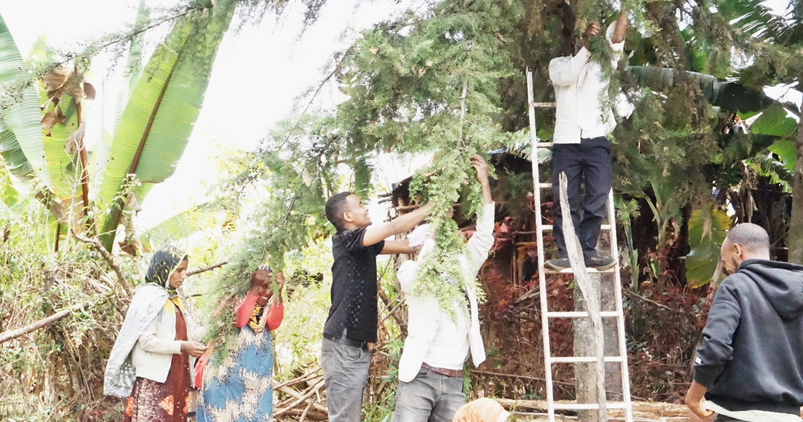Agroforestry in the form of intercropping, boundary plantation, and home garden are parts of traditional land management systems in India. Systematic implementation of agroforestry may help achieve various ecosystem benefits, such as reducing soil erosion, maintaining biodiversity and microclimates, mitigating climate change, and providing food fodder and livelihood. The current study collected ground data for agroforestry patches in the Belpada block, Bolangir district, Odisha state, India. The agroforestry site-suitability analysis employed 15 variables on climate, soil, topography, and proximity, wherein the land use land cover (LULC) map was referred to prescribe the appropriate interventions. The random forest (RF) machine learning model was applied to estimate the relative weight of the determinant variables. The results indicated high accuracy (average suitability >0.87 as indicated by the validation data) and highlighted the dominant influence of the socioeconomic variables compared to soil and climate variables. The results show that >90% of the agricultural land in the study area is suitable for various agroforestry interventions, such as bund plantation and intercropping, based on the cropping intensity. The settlement and wastelands were found to be ideal for home gardens and bamboo block plantations, respectively. The spatially explicit data on agroforestry suitability may provide a baseline map and help the managers and planners. Moreover, the adopted approach can be hosted in cloud-based platforms and applied in the different agro-ecological zones of India, employing the local ground data on various agroforestry interventions. The regional and national scale agroforestry suitability and appropriate interventions map would help the agriculture managers to implement and develop policies.
DOI:
https://doi.org/10.3390/su14095189
Dimensions Citation Count:

Publication year
2022
Authors
Singh, R.; Behera, M.D.; Das, P.; Rizvi, J.; Dhyani, S.K.; Biradar, Ç.M.
Language
English
Keywords
agoforestry, intercropping, homegardens, land management, site analysis, plantations, agroforestry systems, artificial intelligence
Geographic
India






















